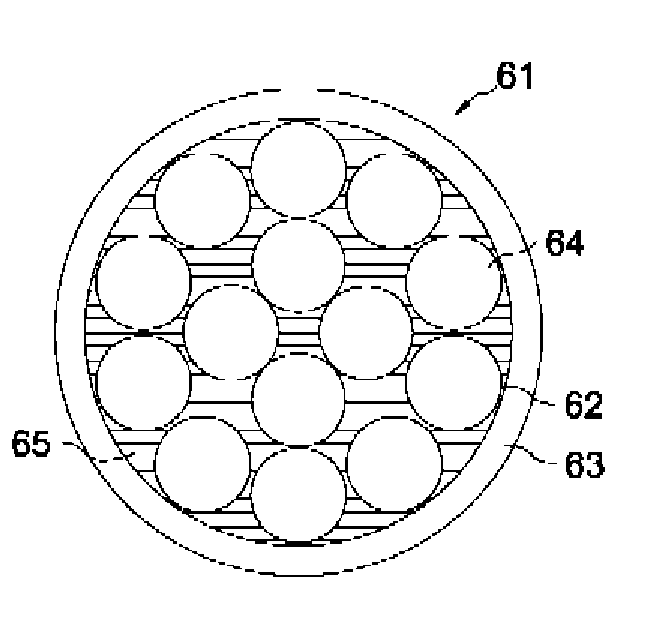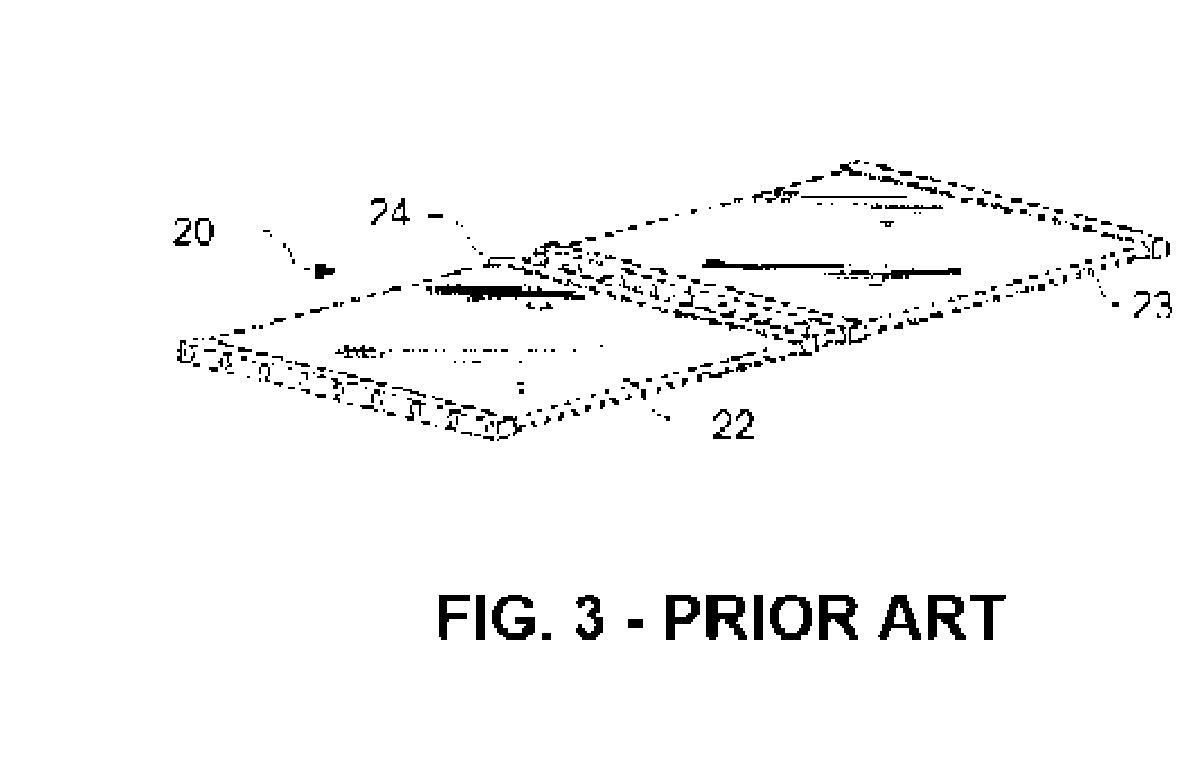Composite wire having impervious core for use in an energy storage device
a technology of impervious core and composite wire, which is applied in the direction of cell components, sustainable manufacturing/processing, climate sustainability, etc., can solve the problems of waste of energy consumed in hydrogen ion reduction to diatomic hydrogen, significant amount of lead used, etc., and achieve the effect of improving performance and efficiency and extending service li
- Summary
- Abstract
- Description
- Claims
- Application Information
AI Technical Summary
Benefits of technology
Problems solved by technology
Method used
Image
Examples
Embodiment Construction
[0073] The following description is of exemplary embodiments only and is not intended to limit the scope, applicability, or configuration of the invention in any way. Rather, the following description provides a convenient illustration for implementing exemplary embodiments of the present invention. Various changes to the described embodiments may be made in the function and arrangement of the elements described without departing from the scope of the invention as set forth in the appended claims.
[0074] An exemplary embodiment of the present invention is depicted in FIGS. 6 and 7. FIG. 6 shows a rough estimation of the cross-section of the composite wire according to the present invention. A composite wire 61, in accordance with an exemplary embodiment, includes a multi-fiber core 62 with an extruded metal coating 63. The multi-fiber core 62 includes a plurality of longitudinally extending fibers 64 radially arranged to define interstices between outer surfaces of adjacent fibers. T...
PUM
| Property | Measurement | Unit |
|---|---|---|
| Capillary wave | aaaaa | aaaaa |
| Flow rate | aaaaa | aaaaa |
| Electrical resistance | aaaaa | aaaaa |
Abstract
Description
Claims
Application Information
 Login to View More
Login to View More - R&D
- Intellectual Property
- Life Sciences
- Materials
- Tech Scout
- Unparalleled Data Quality
- Higher Quality Content
- 60% Fewer Hallucinations
Browse by: Latest US Patents, China's latest patents, Technical Efficacy Thesaurus, Application Domain, Technology Topic, Popular Technical Reports.
© 2025 PatSnap. All rights reserved.Legal|Privacy policy|Modern Slavery Act Transparency Statement|Sitemap|About US| Contact US: help@patsnap.com



